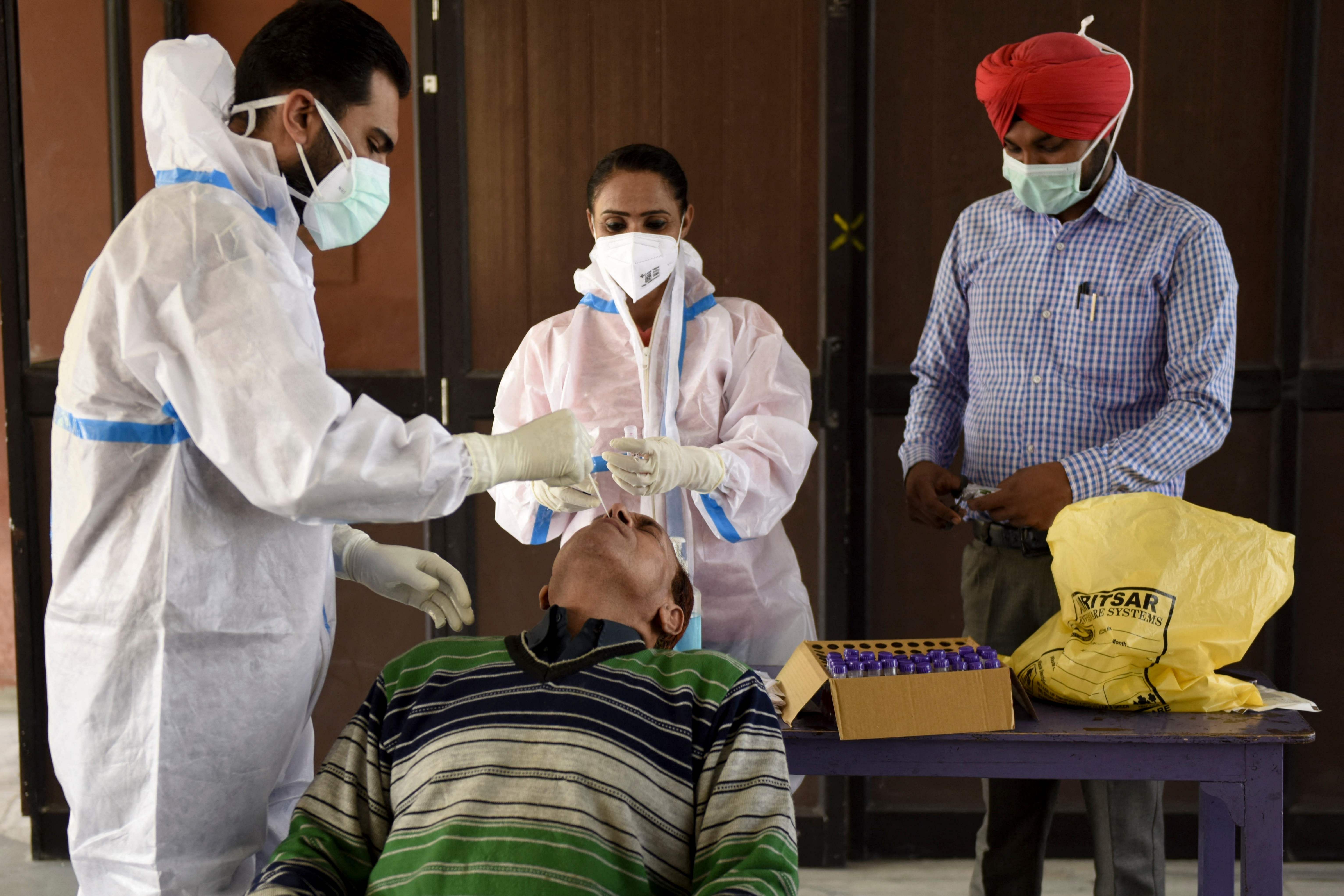
India again stares at a big surge in Covid-19 numbers, going by scientists who modelled the epidemic’s growth from the very beginning.
Alarm bells were sounded on the basis of results from the latest run of a disease prediction model that threw up the worst value for R - a parameter that denotes the virus’s ability to infect others – since September 17.
“This past week’s trends were the worst I have seen since mid-September when R for the country as a whole went below 1 (and stayed below 1 for the entire period up to February 17). For the first time since September 17, the R value has gone above 1,” Sitabhra Sinha, a mathematician at the Institute of Mathematical Sciences, Chennai told DH.
R, or reproduction number, is a mark of the SARS-CoV-2’s ability to spread. An R value of 1.9 for example, would mean that 10 Covid-19 affected people would spread the infection to 19 others. For the epidemic to be contained, the value should be less than 1.
“The worst is that seven of the top 16 states in terms of current active cases have an R value more than one at present. This includes Maharashtra which is now back at the top of the list of states having the highest number of active cases,” said Sinha, who was tracking the epidemic with his model for the past 12 months with a fair degree of accuracy.
Besides Maharashtra, other states where the situation may turn serious in the coming weeks are Karnataka, Punjab, Haryana, Madhya Pradesh, Gujarat and Chhattisgarh. In addition, Assam, Telangana, Delhi and Tamil Nadu are the borderline cases whereas R is on the lower side in Kerala, West Bengal, Uttar Pradesh, Uttarakhand and Rajasthan.
“We have become more and more lackadaisical about physical distancing. The ‘first wave’ has never quite ‘receded’, which means that there has always been enough transmission going on in places, communities and neighbourhoods from which new local outbreaks of transmission can and will emerge,” explained biologist Satyajit Rath, who was formerly a senior scientist at the National Institute of Immunology, Delhi.
India’s vaccination coverage, as experts point out, is still low. Till Friday, 1.37 crore people – healthcare workers and front line staff - received at least one dose of the vaccine while the plan is to vaccinate at least 30 crore Indians to break the virus’s chain of transmission.
Only 22 lakh healthcare workers received two doses of the vaccine whereas 66 lakh health staff and 49 lakh front line staff got the first dose of the Covid-19 vaccine.
